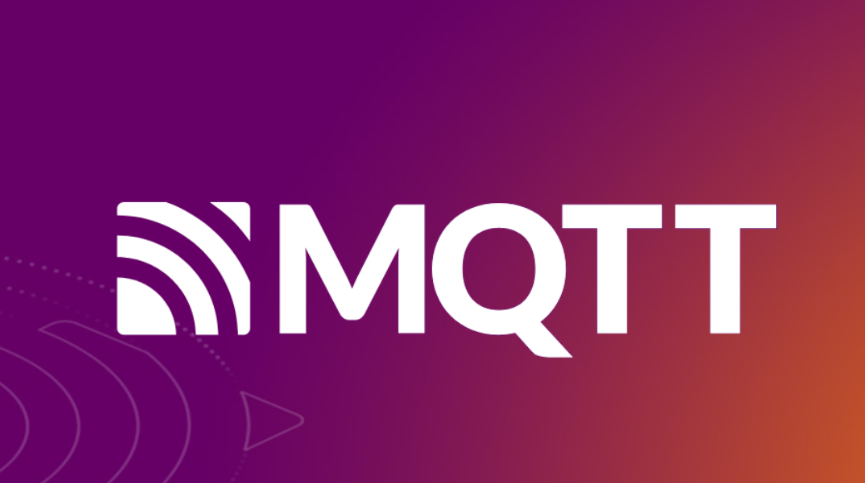The MQTT protocol (Message Queuing Telemetry Transport) is a lightweight message transmission protocol suitable for Internet of Things (IoT) applications. The MQTT protocol uses a publish/subscribe model to allow devices to communicate asynchronously over the network, enabling efficient data transfer. Although the MQTT protocol has many advantages, it also has some disadvantages. This article will introduce the advantages and disadvantages of the MQTT protocol.
ventaja:
Lightweight: The MQTT protocol is a lightweight protocol that uses less bandwidth and computing resources, so it is very suitable for application scenarios of embedded devices and low-bandwidth networks. Compared with other transmission protocols (such as HTTP), the MQTT protocol can transmit data faster and does not place a large burden on network bandwidth.

Flexibility: The MQTT protocol allows clients to send and receive messages at different QoS (Quality of Service) levels. By using different QoS levels, the MQTT protocol can achieve reliable data transmission and efficiency of data transmission. In addition, the MQTT protocol can also support a variety of different message types, including binary data, JSON data, etc.
Easy to implement: The implementation of the MQTT protocol is very simple because its core functions are very small and include only a few basic operations. Developers can implement MQTT clients and servers using a variety of programming languages and platforms, making the MQTT protocol very easy to integrate into existing systems.
Reliability: The MQTT protocol supports three different QoS levels, including 0, 1, and 2. These QoS levels allow clients to choose the reliability and delivery speed of messages. In the case of QoS levels 1 and 2, the MQTT protocol can guarantee reliable transmission of messages.
Security: The MQTT protocol provides a variety of security mechanisms, including TLS (Transport Layer Security) encryption, username/password authentication, etc. These mechanisms ensure that the MQTT protocol maintains data security and confidentiality when transmitting data.
deficiencia:
Limitations: The MQTT protocol is mainly used in IoT applications, and it has certain restrictions on message size and quantity. Although the MQTT protocol can handle a large number of messages, for very large messages, other transport protocols may be required.
Dependent on the network: The MQTT protocol relies on a network connection, and if the network connection is interrupted, communication cannot occur. In some cases, the MQTT protocol may face network delays or packet loss.